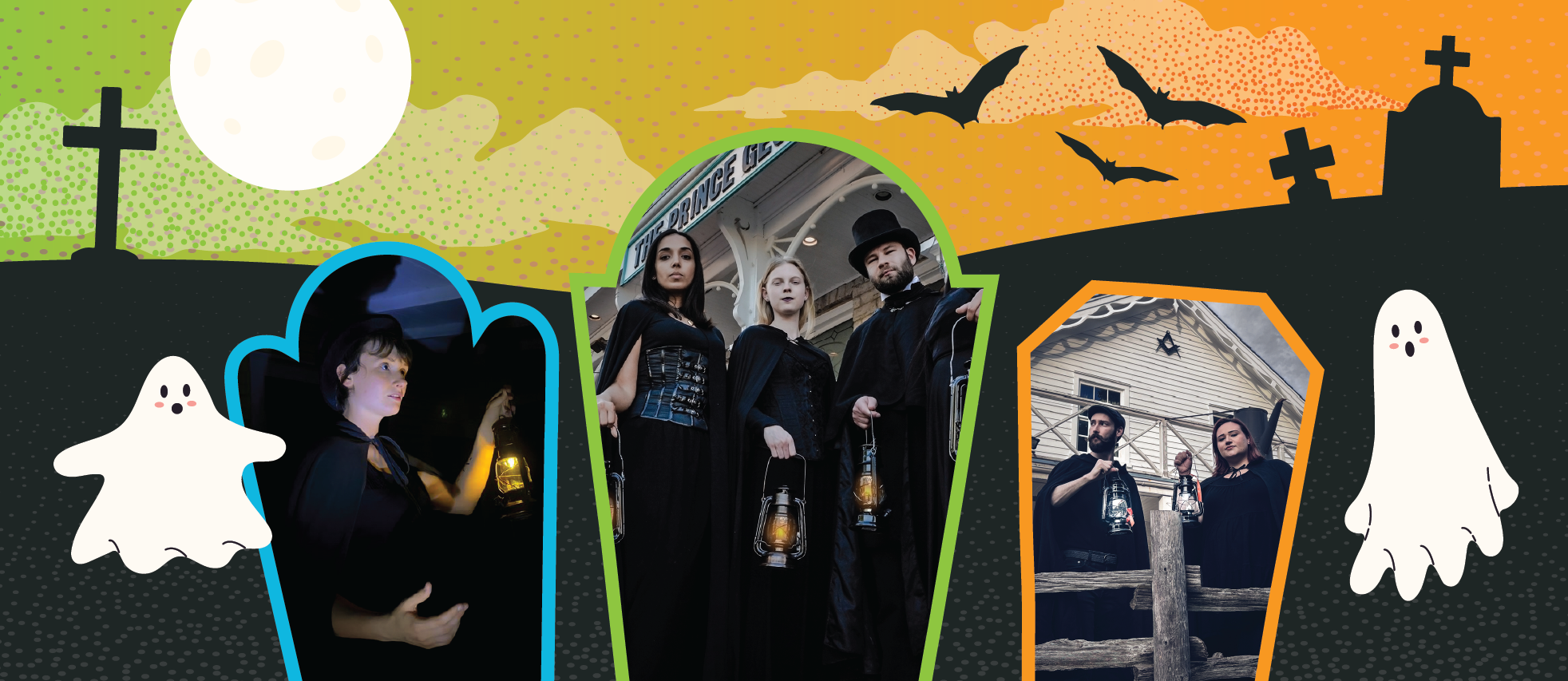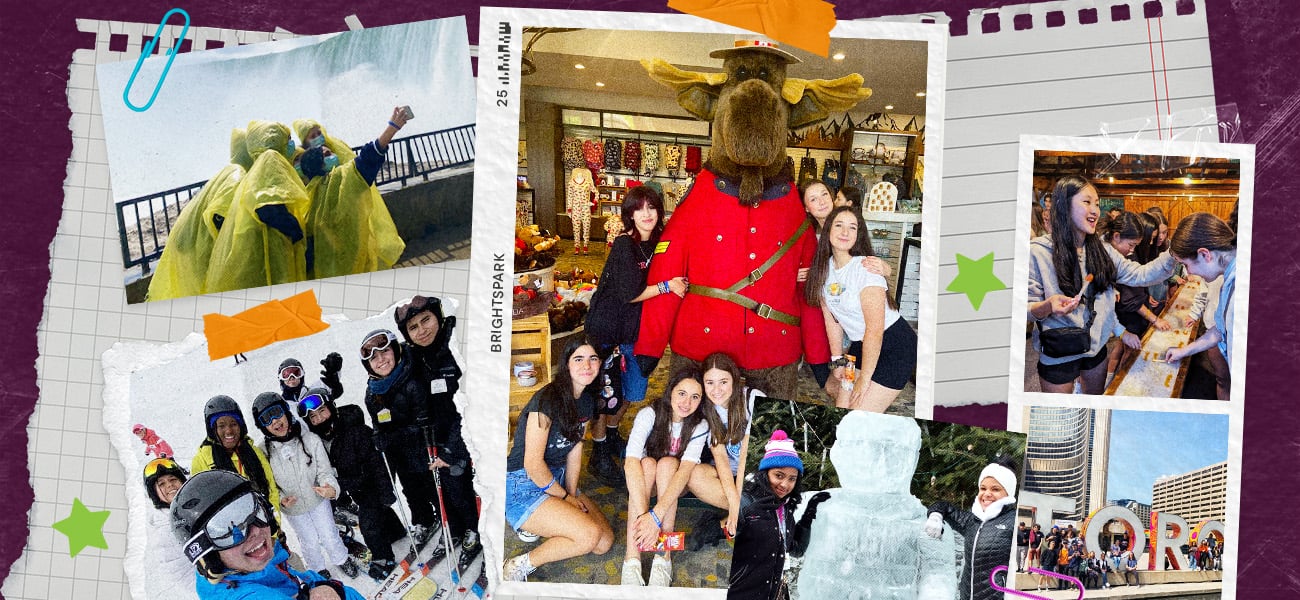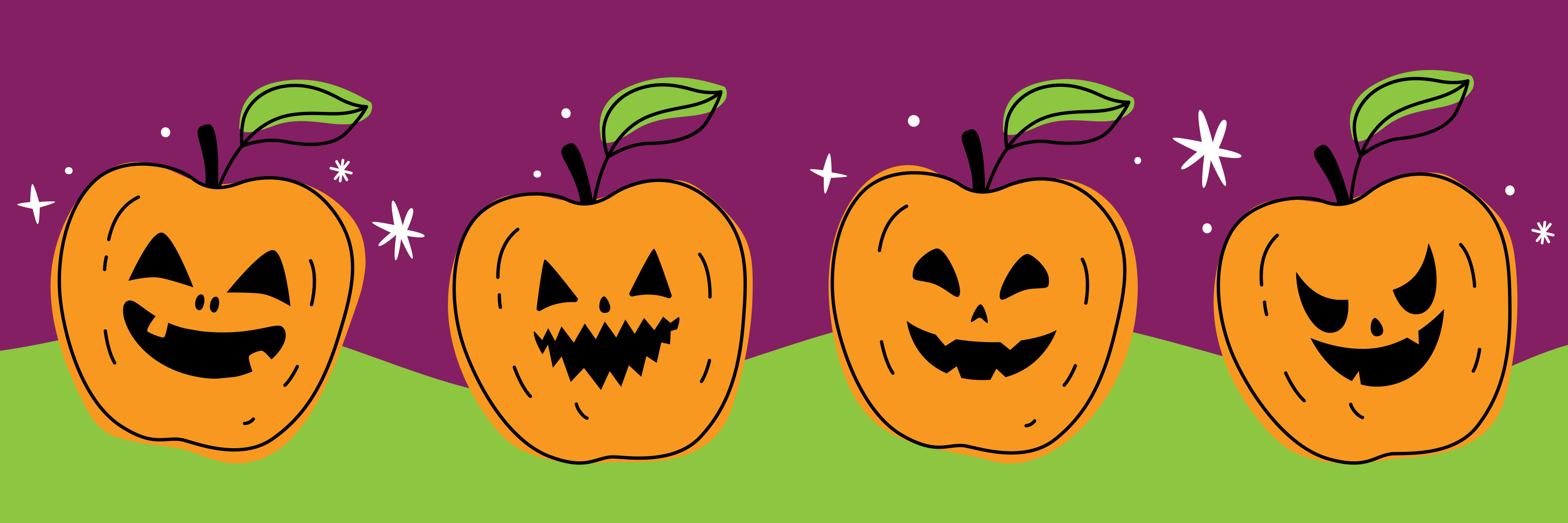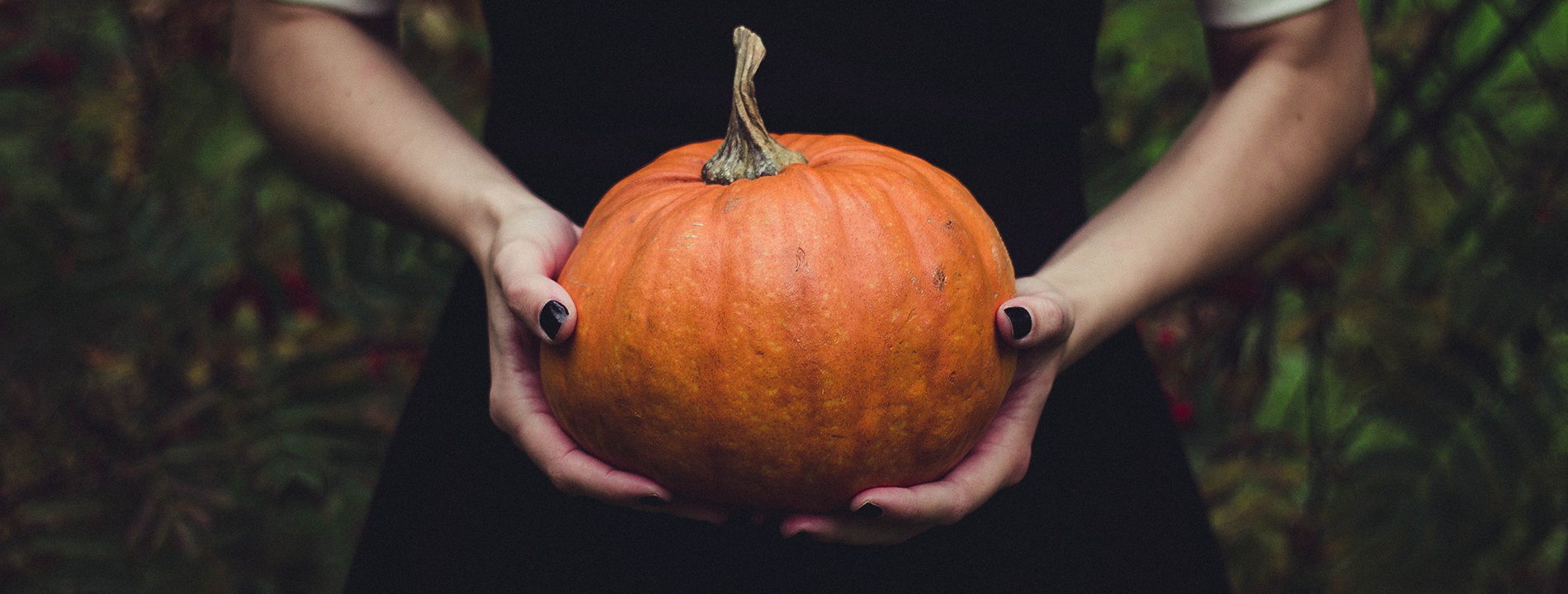Happy Spooky Season Readers!
Who doesn’t love Hallowe’en?! Even if you aren’t a fan of scary things there is so much to enjoy; from dressing up and being creative, to carving pumpkins and getting free candy, it’s a great time all over. Have you ever been trick or treating and wondered how this unique holiday came to be? Who decided, let's put on a mask (or costume) and knock on doors? Well, look no further than this blog because we are here to answer those questions and a few more. Just don’t get scared by what you discover.
Have you ever been trick or treating and wondered how this unique holiday came to be? Who decided, let's put on a mask (or costume) and knock on doors?
Hallowe’en’s Origin Story
Hallowe’en can be traced back 2000 years, all the way to the days of the Samhain (pronounced sow-in) Festival. This was a traditional Celtic festival celebrating the end of the summer, the harvest, and the year, which began on November 1st. It was their belief that on October 31st the boundary between the living and the dead was at its weakest, allowing ghosts and otherworldly spirits to roam the earth. The Samhain Festival was celebrated with large bonfires, sacrifices to Celtic deities, ritual offerings left on doorsteps, and people wore costumes to disguise themselves from harmful spirits. When Christianity arrived and replaced Paganism in the 7th century, it changed many celebrations too. November 1st became All Saints’ Day or Hallowmas, a feast day to honour all saints, and the evening before became All Hallows’ Eve, eventually morphing into Hallowe’en.
Trick or Treat, Smell my Feet, Give Me Something Good to Eat
Although Trick or Treating today is a harmless family activity, this was not always the case. Before this, the holiday was much more focused on tricks rather than treats. Hallowe’en arrived in North America with the influx of Irish and Scottish immigrants during the mid-1800s. In these neighbourhoods Hallowe’en activities became a big deal for kids; they would use the opportunity to play pranks, vandalize, and torment their neighbours. Soon homeowners started bribing kids with treats to keep them from behaving badly. The first account in North America of kids dressing up for the holiday was in 1898 in Vancouver, BC, and the first recorded use of the term “trick or treat” was in Lethbridge, AB, in 1927.
Activity Idea: This activity gets students to create a collage of their favourite candies and chocolates. As an alternative to drawing, get students to save the wrappers of their favourite treats and use those in the collage instead. If drawing and candy wrappers aren’t your thing, then check out this list of treat-themed classroom lessons and activities.
Carvings Named Jack
The origins of pumpkin carving take place hundreds of years ago, with the carving of turnips and gourds for use as lanterns. Some stories suggest these lanterns were used during Samhain, while others say they were a Christian commemoration of souls stuck in purgatory. The carving of scary faces and the placement of these lanterns on windowsills and doorsteps were a form of protection to scare off Stingy Jack and evil spirits. Stingy Jack is an Irish myth from which the term jack-o-lantern was derived. For the full story check out the video above. The arrival of Hallowe’en in North America saw the adaptation of turnips to more native pumpkins.
Activity Idea: Check out this teachers’ blog for 20 fun and clever writing prompts to get students in the spooky spirit.
What About Witches?
Throughout all that history of Hallowe’en and not one mention of witches; seems strange given how tied together the two are now. In fact, the history of witches goes just as far back as the origin of Hallowe’en, to the ancient Celtic people and the arrival of Christianity. This was a time way before science and medicine, however, some women were quite knowledgeable in herbs and homeopathic remedies and provided healing services to the community. This was recognized as wisdom by the ancient Celts, but there were many others who couldn’t understand. The most uncomfortable with these occurrences was the church, who branded these women as devil-worshipping hags and claimed the only possible explanation for their success as healers was black magic. The 1400s saw the start of the mass hysteria of witchcraft and the capturing and killing of accused witches.
Activity Idea: Have students dabble in a little witchcraft by creating their own potions. In this activity, they will create a potion recipe, with instructions on how to brew and an explanation of what the potion is for.
Talk About a Horror Story
The Salem Witch trials were a series of arrests and prosecutions of people accused of witchcraft. It was the deadliest witch hunt and the most infamous event of its kind in North America. Taking place from February 1692 to May 1693, in Salem (about an hour northeast of Boston MA) these events led to 25 people being killed by hanging or from poor jail conditions. These trials were not just, and evidence was either non-existent or based on unreliable sources. The court often required the accused to indict someone else for their own freedom. It caused mass hysteria in Salem and the surrounding areas. The trials finally ended when Governor Sir William Phips issued an official declaration to halt these events. He replaced the courts with a Superior Court of Judicature, which was instructed not to admit spectral evidence.
Activity Idea: For some reading practice and a more Canadian perspective get students to read through this article about sorcery in New France. It is available in both English and French.
A Very Prosperous Holiday Indeed
Hallowe’en may have started in humble roots and alongside religion but do not be fooled, it is now a multi-million dollar holiday, the second largest after Christmas. From decorations to candy, to costumes and parties, there is a lot to spend money on in the month of October. It is estimated that Canadians spend over $400 million dollars on this holiday alone. Aside from all the tangible purchases, there are also Hallowe’en themed movies, haunted houses to go to, and marketing for many companies will revolve around the spooky season. It certainly does make for a festive month. If you are interested in more facts about Hallowe’en in numbers, check out the video above.
Activity Idea: Here is a list of the top 35 classic movies to watch during the Hallowe’en season. Here is a list of 20 Hallowe’en themed marketing campaigns, watch for fun, or get students to pick which one they think is the most or least successful and why? Want to go a step further? Get students to test their creativity and marketing skills by designing their own Hallowe’en product campaign with this lesson plan.
Happy Hallowe’en Everyone!
![What Even is Hallowe’en? 🎃 [Classroom Resources] featured image](https://www.brightsparktravel.ca/hubfs/halloween.jpeg)


![Hunt for Ghosts Across Canada [Classroom Resources]](https://www.brightsparktravel.ca/hubfs/BSCA-2022-Halloween-hero-BLOG.jpg)

